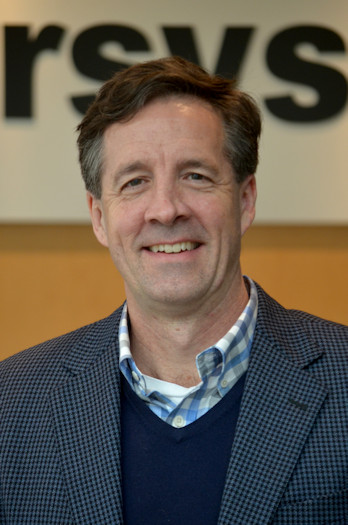Can cell therapies treat cardiovascular disease?
By Samantha Black, PhD, ScienceBoard editor in chiefNovember 10, 2021

Athersys has been actively developing cell therapies since the mid-2000s, Lehmann explained. The company is focused on the development of its proprietary stem cell therapeutic product candidate, Multistem, for multiple indications.
"Our mission ultimately is about developing therapeutic products, using this technology that ultimately has a substantial impact on treating many patients in areas of substantial unmet need," Lehmann said.
For instance, Athersys is developing a therapy for ischemic stroke. Currently, there is a limited number of useful therapies and therefore a high unmet need.
Multistem is a therapy that has been developed over the years and has undergone many iterations and optimization. It uses cells isolated from the bone marrow of healthy adults that are expanded and grown into mass cell banks for characterization. The cells then undergo a proprietary manufacturing process to form the final product.
The allogeneic product provides benefit primarily through its key mechanism of modulating immune activity following an event, condition, or trauma, as well as controlling associated inflammation. Importantly, the cells can be administered without the need for tissue matching or immune suppression therapies, Lehmann said.
Furthermore, since the cells are derived from stromal cells, they can be manufactured at scale, with substantial expansion from a single donor, which Lehmann explained provides Athersys with many advantages in terms of characterizing the product and producing it for clinical settings.
Another key component of the product is its flexibility in delivery, which can be achieved in several ways, including:
The company is advancing several products in clinical trials for various indications like acute myocardial infarction, ischemic stroke, acute respiratory distress syndrome, and trauma.
Challenges facing the cell therapy space
When asked about the challenges facing the industry, Lehmann said that manufacturing at scale and consistency will be critically important moving forward. Further, the ability to demonstrate product performance (i.e., potency assays) is something that the U.S. Food and Drug Administration is focused on.
Another interesting perspective that Lehmann shared concerned patient population targeting for therapies. Companies must be thoughtful about the how therapies are developed for clinical use. Some therapies, such as CAR T-cell therapies, are engineered and are specific to patients with liquid tumors.
Athersys has a product with many potential therapeutic benefits for a variety of indications, but the company must demonstrate and strategically pursue the patient populations with the biggest effect. After safety and efficacy have been proven, Athersys will have opportunities to extend the applications and reach other areas with high unmet need.
Broadening the scope of the industry
Lehmann said he is excited to see where the industry goes in the future. While there are still improvements to be made in terms of side effects, the potential for cell and gene therapies beyond cancers with trophic impacts, immune modulation, and cellular replacement could be transformative.
"So the long and short of it is you have tremendous new technology development," Lehmann noted. "You have some wrestling with some of the challenges of commercialization, but it's about getting the product to the patients efficiently and effectively."
Do you have a unique perspective on your research related to cell and gene therapy? Contact the editor today to learn more.